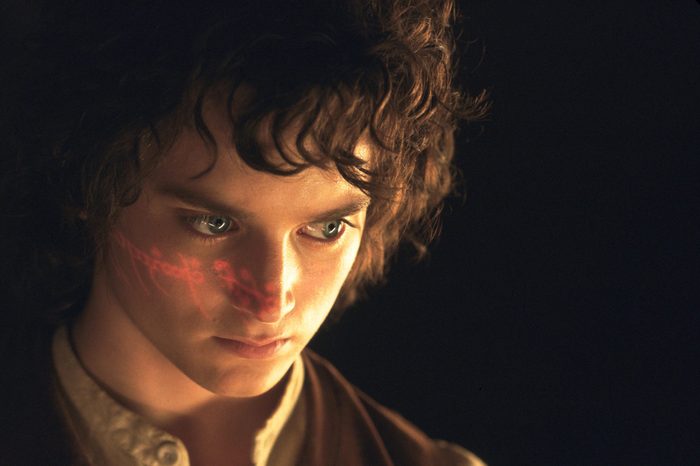
The languages came first
Many people assume that Tolkien made up the Elvish and Dwarvish dialects as he needed them in his books—but in fact, he started creating languages back when he was still in school. It wasn’t until many years later that he decided to write the books that would forever change the fantasy genre. “The invention of languages is the foundation,” he once wrote in a letter (which was eventually published in The Letters of J.R.R. Tolkien). “The ‘stories’ were made rather to provide a world for the languages than the reverse. To me, a name comes first and the story follows.”
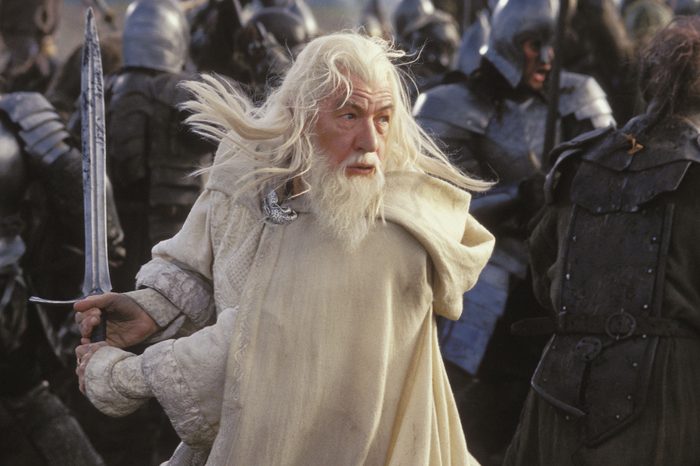
The five wizards are part of a race called Maiar
Gandalf, Sauron, and the Balrog may look wildly different from one another, but they’re actually all Maiar, a race which can change forms. (Saruman and Radagast, who look like humans, are also part of this group.) Tolkien elaborates on their long history in other written works, but basically, the Maiar are spirits that descended to help shape the world.
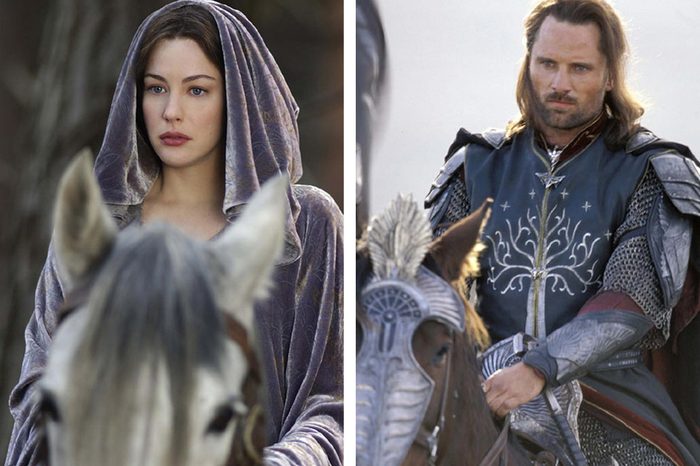
Arwen and Aragorn are related
Luckily, it’s a distant connection—she’s his cousin 63 times removed, so it’s probably not such a big deal that they end up together in the end. Another fun fact: Arwen is also the granddaughter of Galadriel.
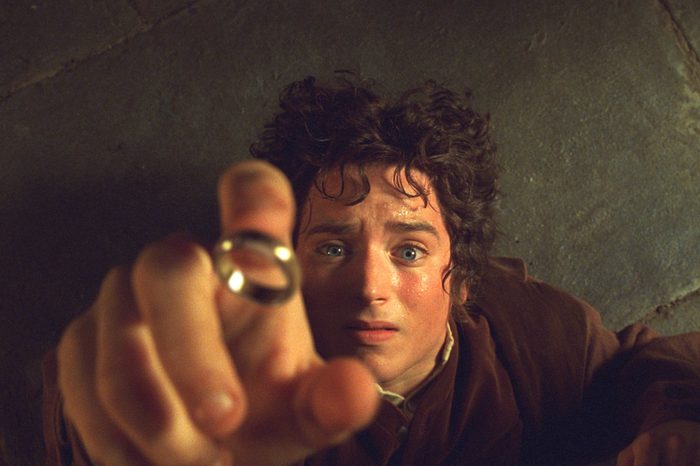
Frodo hangs onto the ring for a long time
If you’re familiar with the movies, you may be under the impression that Frodo sets out on his journey to Mordor soon after he inherits Bilbo’s ring. (The film makes it seem like just a few weeks go by.) But in the book, 17 years pass before Frodo heads off. That’s a long time to be keeping the ring a secret—but maybe not so long for a hobbit, as they don’t come of age until they’re 33.
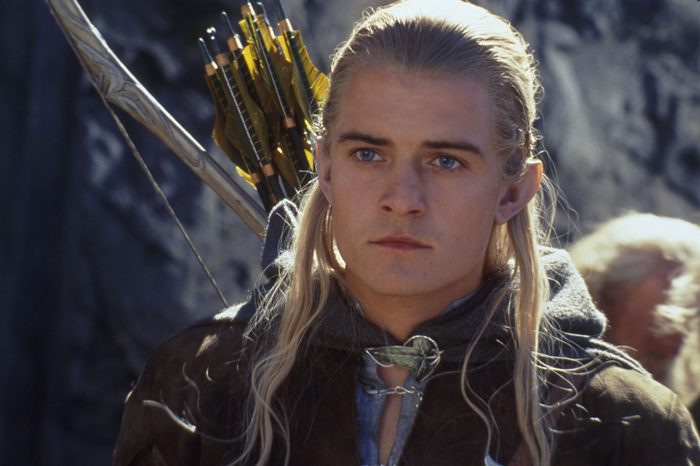
Legolas might not actually have blonde hair
It turns out that Tolkien never described the elf’s appearance in the books. We do know that his father, Thranduil, had iconic blonde locks, as do most of the other elves that appear in the story. But when it comes to Legolas, we just have to guess at how Tolkien pictured him.
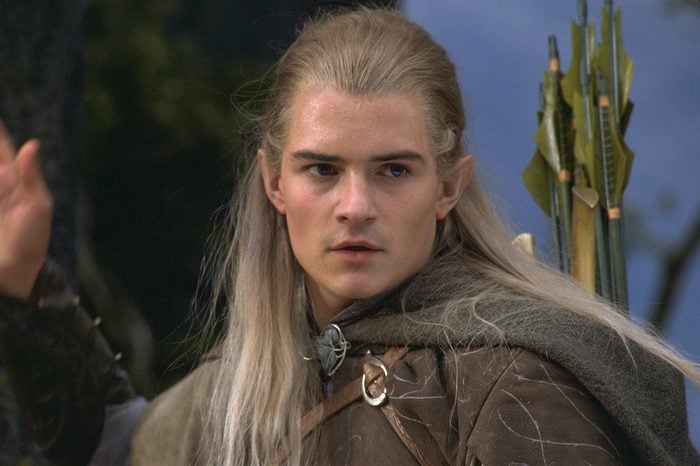
Legolas’s age is also a mystery
Similarly, Tolkien never tells us how old the immortal elf is—but we do know that he’s ancient. He calls Aragorn (who is 87 at the start of the books) and Gimli (140 years old) children, and in The Two Towers, he declares, “I have seen many an oak grow from acorn to ruinous age.” It’s safe to say that he’s much older than Orlando Bloom, who plays the elf in the movies, at least. Here are some more fun facts you never knew about your favorite movies.
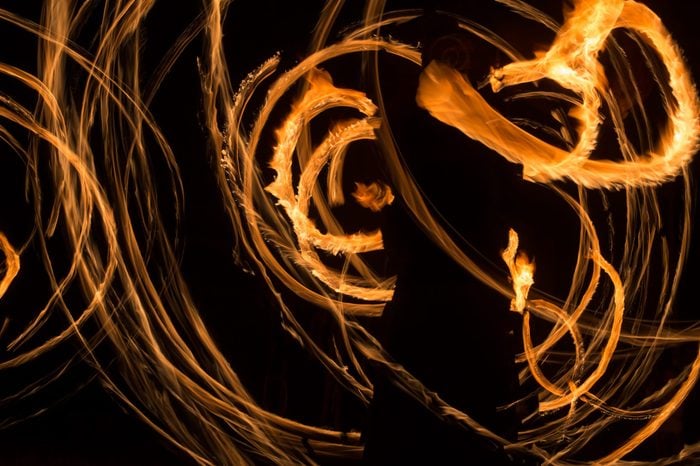
The biggest, baddest villain is not who you think it is
Yup, even Sauron’s got a master. He was sent to Middle-earth by Morgoth, one of the mighty Ainur (or “Holy Ones”). Morgoth—who is also known as the Great Enemy, the Black Foe, and the Corrupter—is responsible for all evil, so he’s even more terrifying than Sauron, even if he doesn’t get much time in the Lord of the Rings books. Next, read why the newest adaptation of the series – Rings of Power is controversial.
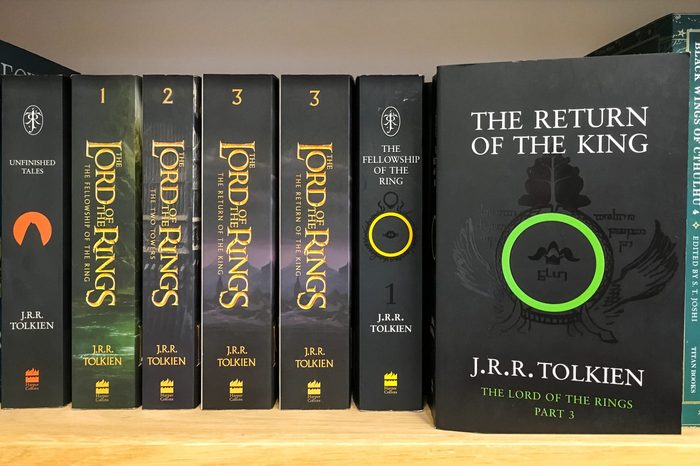
All three books were supposed to have the same title
Tolkien suggested that they should be called “The Lord of the Rings,” with a subtitle for each: “Part I: The Return of the Shadow”; “Part II: The Shadow Lengthens”; and “Part III: The Return of the King.” Obviously, those subtitles didn’t stick and the books ultimately ended up with their own names. Tolkien later said he thought “The War of the Ring” would have been a better title for the third one, since it didn’t give away the end. If you have a first edition of The Hobbit, hang on to it—chances are it’s worth a fortune.
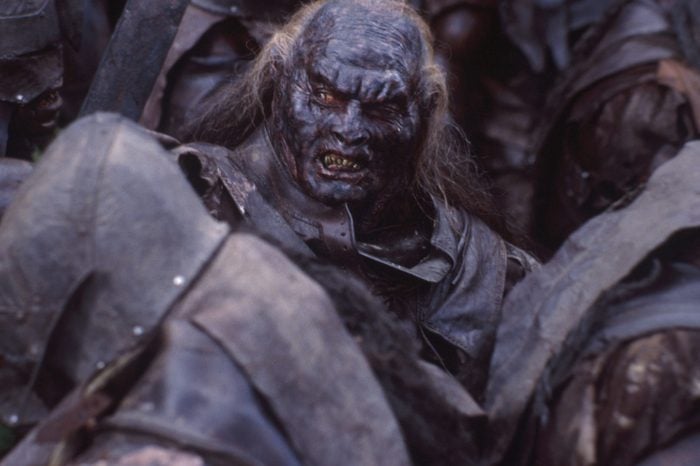
The orc origin story is a little hazy
In Tolkien’s written works, there are a few different explanations for how orcs are created, leading to plenty of online debate over what really happens. In The Silmarillion, it says that orcs were elves once and that they “multiply.” Tolkien also said “Evil cannot create. It can only corrupt.” Add this one to the list of mysteries that Tolkien left behind.
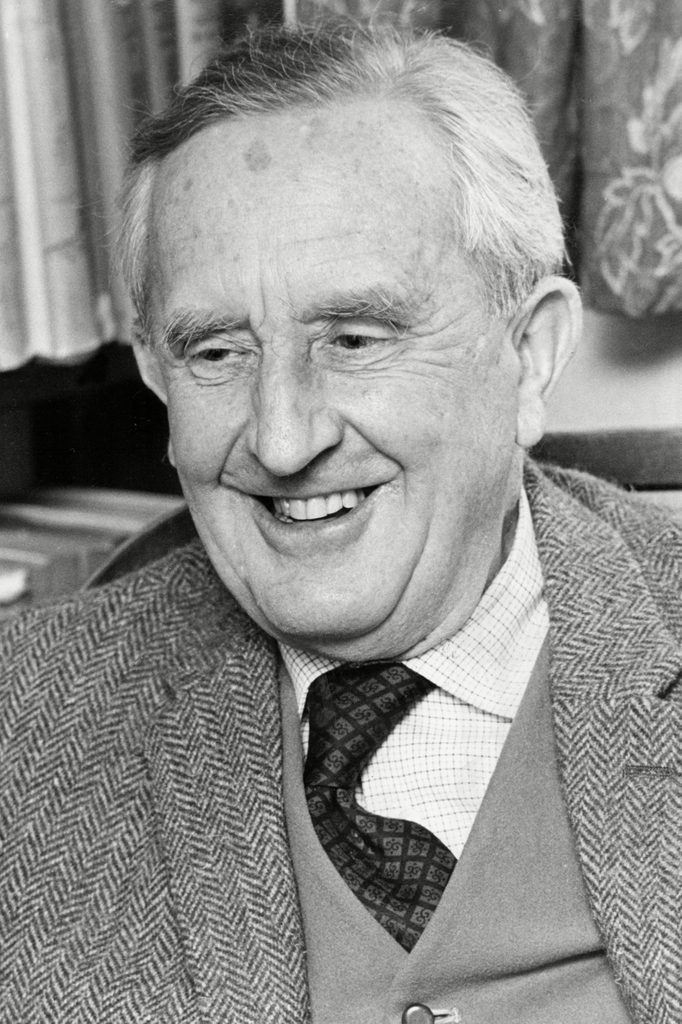
The books are heavily influenced by World War I
Tolkien served in the British Army during the Great War, so it’s no surprise that the traumatic experience worked its way into his books. His daughter Priscilla said that she thought the Dead Marshes (which are filled with hundreds of floating corpses) were a depiction of his experience in the war, and Tolkien himself later acknowledged that the fictional location “[owed] something to Northern France after the Battle of the Somme.” Learn some more surprising facts you never knew about your favorite authors.
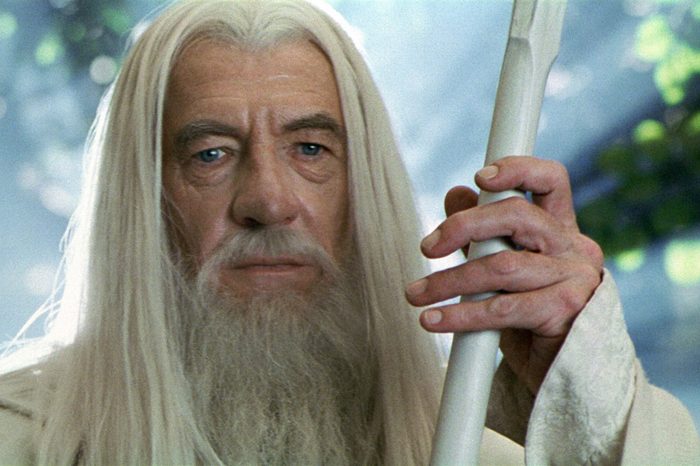
A historic battle cry may have inspired one of the most famous lines
Even those who haven’t seen the movies probably recognize Gandalf’s epic “You shall not pass!” line. (In the book, it’s actually “You cannot pass,” but you get the idea.) This likely was influenced by a French battle cry in a 1916 battle around the city of Verdun: On ne passe pas (“They shall not pass”).

Sauron doesn’t die
You may have assumed that Sauron is gone for good once the ring is destroyed, but if you read carefully, you’ll learn that he’s technically still alive. Yikes! Tolkien writes: “None can foresee his arising ever again. For he will lose the best part of his strength that was native to him in the beginning, and all that was made or begun with that power will crumble, and he will be maimed forever, becoming a mere spirit of malice that gnaws itself in the shadows, but cannot again grow or take shape.”
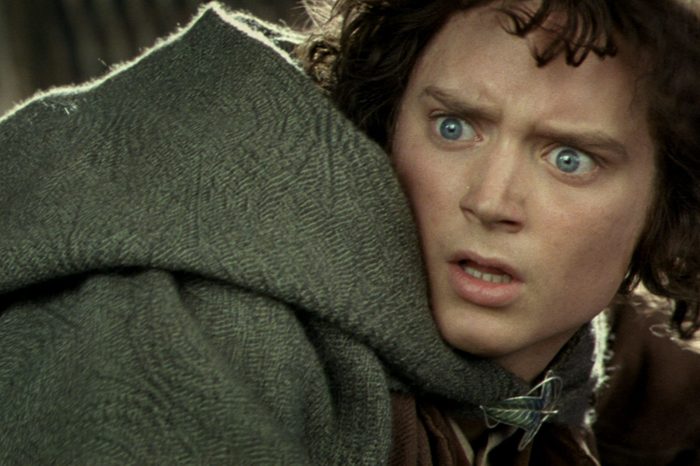
Frodo may not be the most courageous character
Most people think of Sam Gamgee as a sidekick—but in a letter, Tolkien once said that he considered Sam Gamgee to be the “chief hero” of The Lord of the Rings. After all, the ring would have never been destroyed without the hobbit’s help. The Lord of the Rings trilogy aren’t the only books with hidden messages—Harry Potter is loaded with them, too.
Every product is independently selected by our editors. If you buy something through our links, we may earn an affiliate commission.
